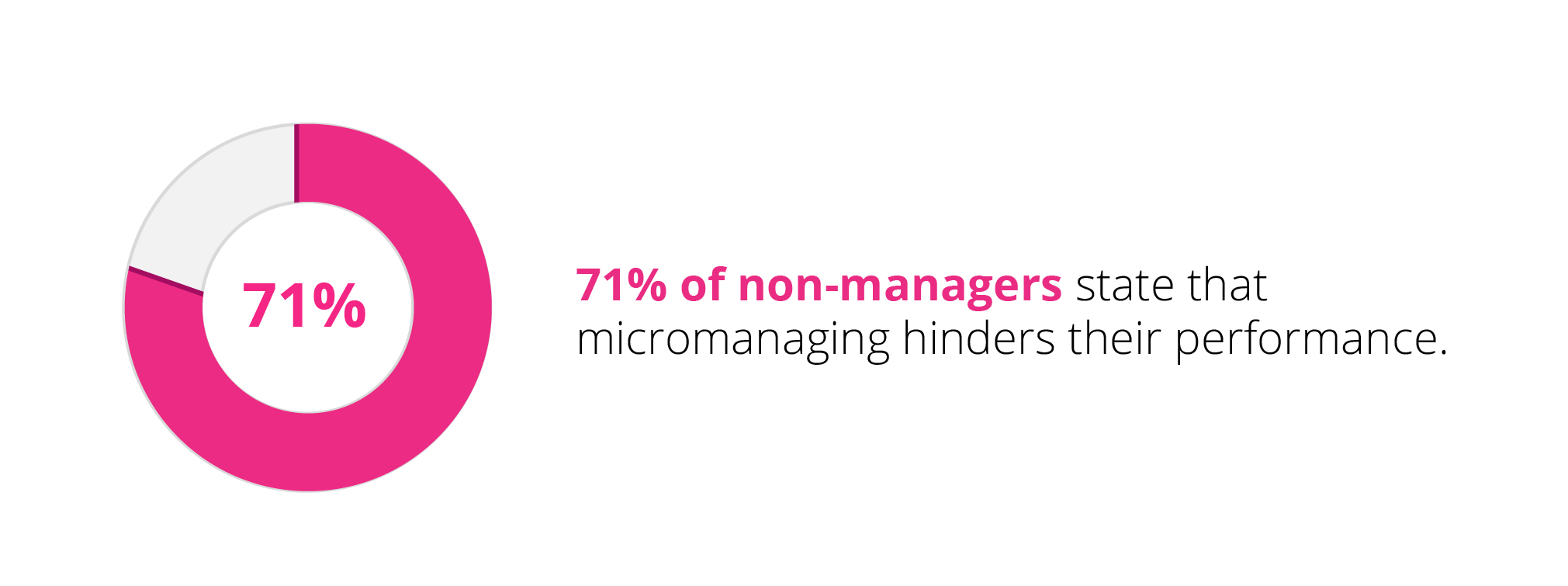2 Ways to measure (and optimise) your team’s productivity
You’re probably familiar with the basic formula for measuring productivity:
Productivity = output divided by input

But can this still be applied in today’s so-called “knowledge economy”?
According to Lynn Wu, Professor at the Wharton Business School, “When it comes to knowledge work, productivity is really hard to measure. It’s nowhere near as simple as the number of bushels a worker picked in an hour.”¹
In the old days, managers had a systematic formula they could use to measure, and optimise their employee’s productivity, but nowadays, measuring employee output is a lot more complicated.
When considering what “input” employees are providing, you would have to look at a multitude of factors that could be anything from attending a meeting, showing up to work on time, completing their paperwork, ticking off their task list for the day, running a successful marketing campaign, or saving a project. Not all of these tasks create equal amounts of value for your organisation, but they could all be indicators of productivity.

So, how do you, as a manager or team lead, measure and optimise your team’s productivity when you don’t even know what you should be measuring? Here are two techniques you can apply right now:
-
Employee autonomy is the first step to productivity
Your team needs to be equipped to manage themselves. That’s the sentiment of management expert and author, Peter Drucker. He believes the modern workplace, in the knowledge economy, “demands that we impose the responsibility for their productivity on the individual knowledge workers themselves.”²
And employees agree with this. 71% of non-managers state that micromanaging hinders their performance.³ So if you quit micromanaging, instead of robots who follow your instructions, you’ll gain competent, results-driven people who are able to optimise their output on their own.

Measure it:
Set productivity goals with them every week, month, or quarter. This will help them align with your expectations, and motivate them to achieve these goals, while giving you a benchmark off of which to measure their progress. Tell them what you expect them to accomplish and what they should consider a priority.
Ensure they are working on projects or tasks that are aligned to their strengths – they’re likely to be more productive if they feel passionate or skilled at what they’re trying to accomplish.
2. The secret to productivity lies in effective team-building
Research backs that positive and collaborative teams are known to be more productive.4 Kim Cameron, a researcher at the University of Michigan, found that: “When organisations institute positive, virtuous practices they achieve significantly higher levels of organisational effectiveness.”
What are you doing to ensure your team works like a well-oiled machine, with a common purpose?
Enter, the “Keystone Habit” – a concept coined by author Charles Duhigg in his book, The Power of Habit: Why We Do What We Do in Life and Business.
A keystone habit is a habit that has a chain effect on your life, which then produces a number of positive outcomes.
It’s a crucial element for managers wanting to build a strong and productive team while shifting the needle on what it means to “track productivity”.5

Measure it:
Set an organisational keystone habit for your team, and then rather than focusing on output, implement measurable outcomes the team can achieve in order to live out that habit. For example, if your keystone habit was to implement a culture of learning within the team, you could measure this based on the number of online courses taken, or books read.
You’ll notice how your team’s focus on the keystone habit will have a ripple effect on forming more positive habits within the group – including productivity.
The conclusion?
There’s no scientific formula to measure productivity, but there are goal-setting methods you can implement for individual employees, and for your team as a whole.
When you give them clear expectations to work towards, trust them with delivering on those expectations, and encourage positive team-building habits, productivity will come naturally.
Want to ensure your organisation doesn’t get left behind when it comes to workplace trends?
Have a look through our collection of advice on workplace trends.
1 Todoist
2 Todoist
3 Effective Experiments
4 Harvard Business Review
5 Develop Good Habits